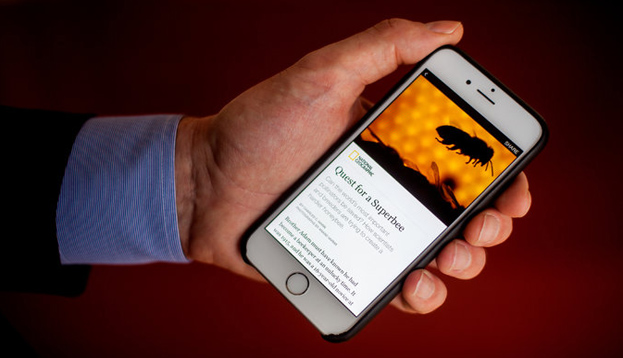Today, Facebook has managed to do what many publishers have been dreading as an inevitable consequence of convenience. They have now officially collaborated with the New York Times to showcase the news titan’s very first “Instant Article,” an article specifically designed to seamlessly integrate Facebook’s mobile app to allow articles to load faster. This is just the beginning for Facebook, too. We’ll be seeing future Facebook collaborations with some of the world’s biggest publishers: BBC, Buzzfeed, Bild, The Atlantic, The Guardian, National Geographic, NBC, and Spiegel in the coming days.
Along with Facebook’s move to become a robust and competitive video platform, this collaboration with publishers shows that Facebook has now, as other social networks like Snapchat and LinkedIn have done, moved into platisher territory.
So, we’re seeing an interesting trend happening here. Not only do social media giants want to be publishers, but brands like Coca Cola, Dell, Adobe and more are aspiring to as well. So what is the appeal of being a publisher, especially at a time when the publishing industry itself is in such a painful flux Of course, the primary concern is content, but there’s something to the mutual aspiration here.
Yesterday BuzzFeed published a post co-written by Dao Nguyen and Ashley McCollum about how their experience with building BuzzFeed Motion Pictures had led them to define for themselves a different model, the “network-integrated media company.” When you look at how they visualize it, it makes sense how and why brands, platforms and publishers are all shifting to occupy the same space.
From the data and learnings, BuzzFeed understands that although they may create the content, it doesn’t just live on their own site. In fact, only five percent of video views are happening on their site. BuzzFeed relies on social media for 75 percent of its traffic, after all. It’s little wonder then why the publisher has openly defended Facebook:
“Facebook saw an opportunity: average app users wait eight seconds between clicking a link in their newsfeed and seeing the mobile web page loaded from a publisher. Facebook aimed to fix this problem by rendering stories natively within the app, thereby reducing load time by 10x. This is particularly important for content that contains images, GIFs, and videos, and the Instant Articles product speeds everything up for the reader,” wrote BuzzFeed.
In the end, it’s not just about the content. What is perhaps most important is to create a streamlined experience for the user; one that affords more engagement with the content you’ve created through reduced load times and a holistic, integrated experience. Just as the article page has superseded the homepage, so too might the platform supersede the article page.

